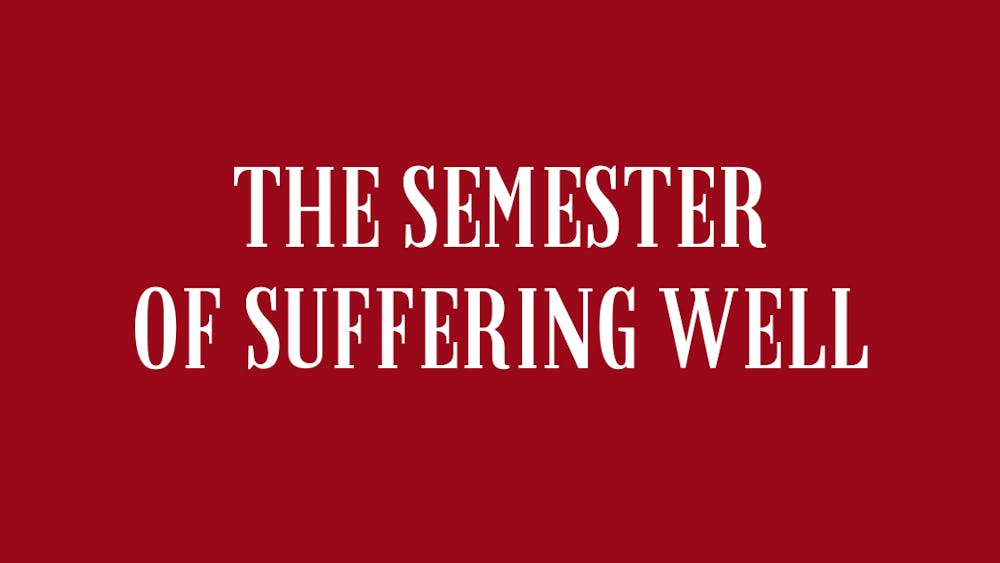Trachoma. Elephantiasis. Snail Fever. River Blindness. Roundworm. Whipworm. Hookworm.
Many of you are probably thinking to yourselves, “What are those things?” These are seven of the most common diseases found in developing countries across the world. This may be a surprise considering that you may not have ever heard of such diseases. Because they are not found within the United States, these diseases often tend to escape our attention and the efforts needed to help bring an end to the growing problems amount to very little. For this reason, these diseases are referred to as Neglected Tropical Diseases. It is my hope to raise awareness by providing a deeper look into these diseases.
Neglected Tropical Diseases, or NTDs for short, are endemic tropical infections that affect over one billion of the world’s poorest people in many countries in the Southern Hemisphere, especially in South America and Africa. A staggering one in six people are currently infected with one or more of these diseases. They are most often transmitted through contaminated soil or different living organisms, such as flies, mosquitoes and snails. These NTDs have a huge impact on those whom they afflict. They can cause severe illnesses, disfigurement and abdominal pain, and unfortunately, they kill more than half a million people every year.
NTDs also contribute to a cycle of poverty and stigma that leaves afflicted people unable to work, go to school or participate in community life. Pharmaceutical drugs have been developed to help cure these diseases, but the problem lies in receiving greater funds to continue the manufacture of these medications and provide means of distribution. Compared to other diseases like malaria, HIV/AIDS and tuberculosis, NTDs don’t draw nearly the same amount of resources and funding, receiving only one percent of U.S. global health funding.
By donating just $0.50, you can help a child receive the necessary medication to treat and protect himself or herself against all seven of these diseases for an entire year. If everyone joins in on the campaign, the world can see the end of all seven of these NTDs by the year 2020. Visit http://www.end7.org/ to learn more information and help make a difference. Together we can see the end.
Andrew Curcio
Freshman
Zahm Hall
Nov. 30













